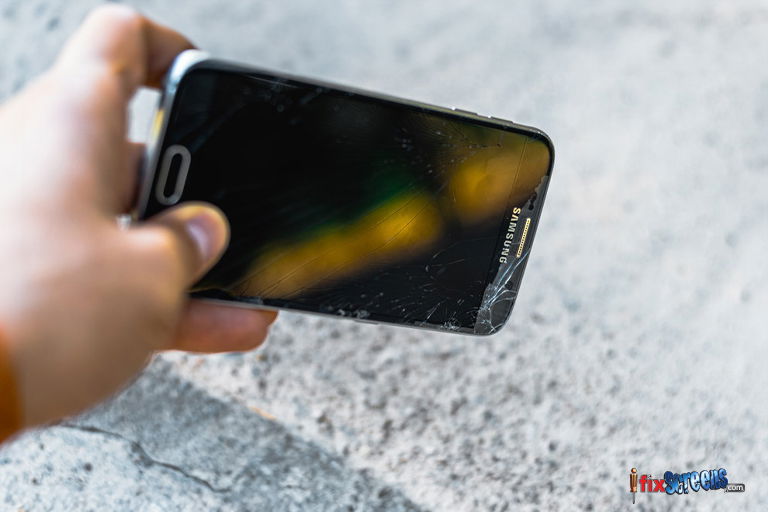Samsung Galaxy Screen Repair Options: OEM vs Third-Party Parts

Are you facing the dreaded situation of a cracked or malfunctioning Samsung Galaxy screen? Don't worry; you're not alone. Many smartphone users encounter this issue at some point. But what's the best solution: opting for Original Equipment Manufacturer (OEM) parts or choosing third-party replacements? Let's dive into this dilemma and find out what suits you best.
Understanding Samsung Galaxy Screen Repair Options
Two primary choices when fixing your Samsung Galaxy screen are OEM parts or third-party replacements. Each option has pros and cons, so weighing them carefully is crucial.
OEM Parts: The Gold Standard
What are OEM Parts?
OEM parts are manufactured by the company that produced your Samsung Galaxy device. They are identical to the original screen installed on your phone, ensuring compatibility and quality.
Pros of OEM Parts:
- Guaranteed compatibility with your device.
- High-quality materials and craftsmanship.
- It often comes with a warranty from the manufacturer.
Cons of OEM Parts:
- Higher cost compared to third-party alternatives.
- It may require professional installation.
Third-Party Parts: Affordable Alternatives
What are Third-Party Parts?
Third-party parts are manufactured by companies other than Samsung. While they may not be identical to OEM parts, they offer a more budget-friendly option for screen repair.
Pros of Third-Party Parts:
- Lower cost, making them more accessible.
- DIY installation may be possible for some users.
- Widely available from various retailers and repair shops.
Cons of Third-Party Parts:
- Quality may vary, leading to potential compatibility issues.
- Limited or no warranty coverage.
- Risk of inferior materials affecting durability and performance.
Making the Right Choice
Now that you understand the differences between OEM and third-party parts, how do you decide which is right? Consider the following factors:
1. Budget: If you're on a tight budget, third-party parts may be more appealing. However, if quality and reliability are your top priorities, investing in OEM parts might be worth the extra cost.
2. Urgency: Do you need a quick fix, or can you wait for OEM parts to be ordered and installed? Third-party parts are often more readily available, making them ideal for urgent repairs.
3. Longevity: If you're looking for a long-term solution, OEM parts are likely your best bet. They offer peace of mind in terms of compatibility and durability.
4. Warranty: Consider whether the repair comes with any warranty coverage. OEM parts often include a warranty from the manufacturer, providing added protection for your investment.
Final Thoughts
Don't let a malfunctioning tablet disrupt your daily routine. Visit iFixScreens in Forest Hills, NY, for reliable and professional tablet repair services. Our expert technicians are here to help you get your tablet back in optimal condition so you can stay connected and productive.
FAQ's
1. How do I unfreeze my iPad when the screen is stuck?
If your iPad is frozen and the screen is unresponsive, try restarting the device by holding the top or power button until the slider appears. Drag the slider to turn off your iPad, then turn it back on by pressing the top button again.
2. What should I do if my iPad becomes unresponsive?
If your iPad becomes unresponsive and the screen is stuck, try resetting the device by holding the top and home buttons together until you see the Apple logo appear. This may help unfreeze your iPad and bring it back to normal.
3. Can I fix a frozen iPad without using the home button?
If your iPad is unresponsive and lacks a home button, you can attempt restarting it. Press and release the Volume Up button, then repeat the action with the Volume Down button. Lastly, hold down the top button until the device initiates a restart.
4. What other steps can I take to unfreeze my iPad?
If restarting your iPad doesn't work, connect it to a charger and let it charge for some time. Sometimes, a low battery level can be why the iPad won't turn on. You can also try swiping to close any open apps that are causing the issue.
